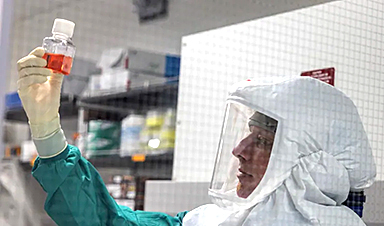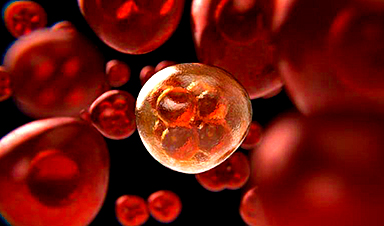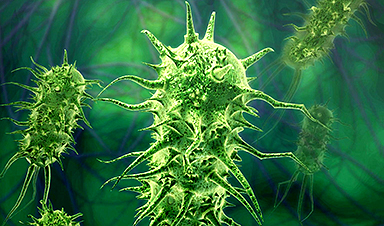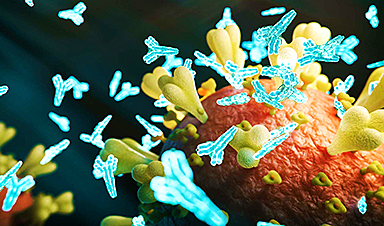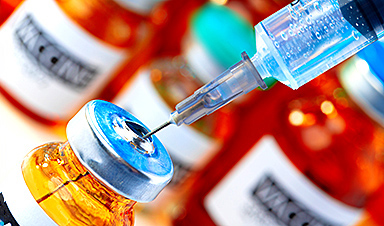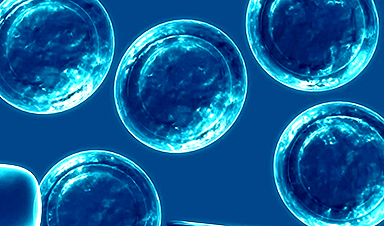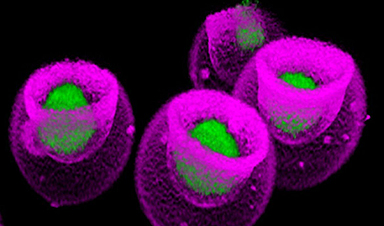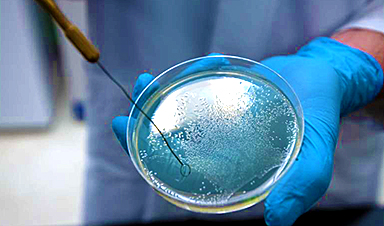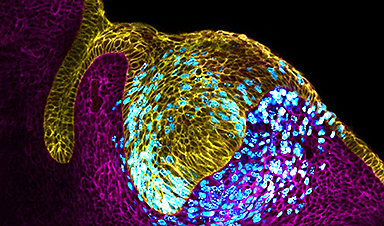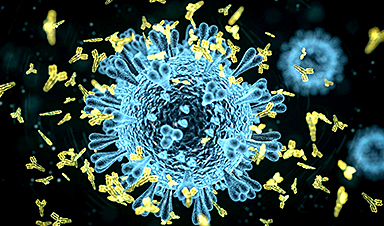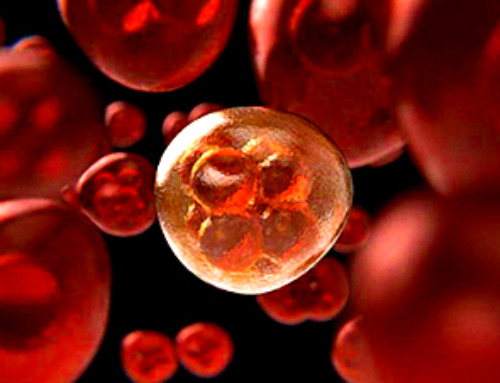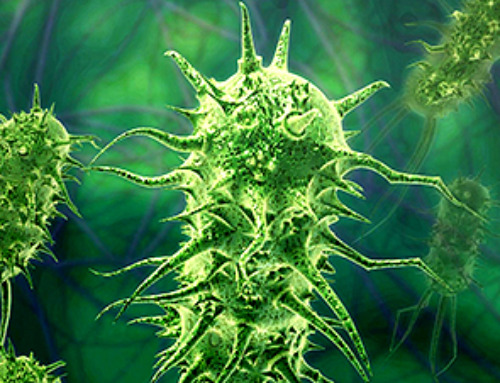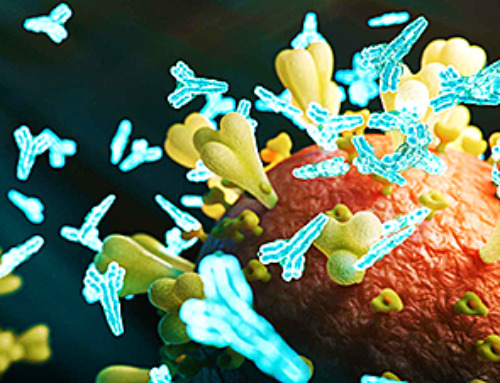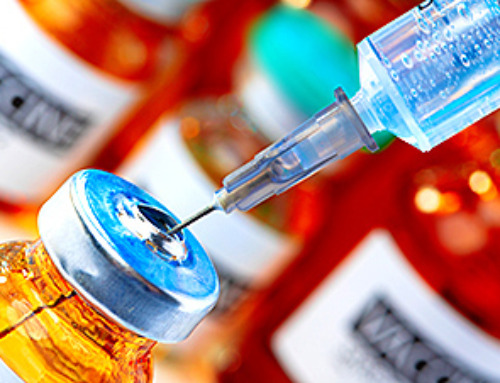Western University in London, Ont., is building a unique research lab to study humanity’s greatest viral threats — a secret weapon, if you will, one that it’s expected would put Canada and the world in a better position if and when the next pandemic happens.
“[This is] the next level, in terms of having a facility that really can make a difference,” said Western Prof. Eric Arts, the Canada Research Chair in HIV pathogenesis and viral control who will be executive director of the new Pathogen Research Centre (PRC).
“This will be absolutely amazing and will change the whole dynamic of the way we approach these problems.”
Set to be built within the next two years, the PRC will be almost like a department of viral defence — part simulated battleground and part arsenal — that will allow scientists to study how germs spread in human environments and develop new defences against them, with the hope of stopping the next pandemic before it begins.
Testing viruses in simulated human settings
The new lab is receiving $16 million in federal funding. It’s part of a wider series of grants announced this month by the Canada Foundation for Innovation for eight universities, in an effort to keep the country at the forefront of the science of preventing local outbreaks from becoming global health disasters.

“The COVID-19 pandemic clearly demonstrated the importance of cutting-edge research in infectious diseases” and “ensuring labs meet standards and are well equipped to combat new challenges in biosciences,” Roseann O’Reilly Runte, president and chief executive officer of the Canada Foundation for Innovation, said in a news release.
What makes the PRC so unique is its mission to understand how viruses spread in real human environments with realistic conditions, such as airplane cabins, hospital operating rooms, even public bathrooms.
Arts said his team is looking to pinpoint the exact conditions that would explain the kinds of superspreader events that made headlines during the tensest days of the COVID-19 pandemic.
“We’re actually spraying the virus in a room, which contains for example a slice of airline cabin, and we’ll have mock passengers, like mannequins in these seats that do normal breathing.”
To make mannequins breathe, Arts and his team use artificial lungs lined with the same cells found in the real thing, and then pump air into them at the same respiration rate and air pressure that happens during normal breathing. This is done to better understand how wind flow, humidity, temperature and even different surfaces affect transmission.
“By doing so, we can look at how to protect people from infection too. We’ll know how to do it more effectively.”
Lab to have world’s ‘only seed vaccine bank’
The global COVID-19 pandemic overwhelmed hospitals and morgues, and caused widespread economic losses as people stayed home from work and shopping to avoid spreading the virus.
“We were struggling in Canada because we didn’t have these facilities to produce these vaccines. Unlike most G7 countries, which had the ability to produce their own vaccine, Canada was lacking, and so there is a great need for facilities to respond very rapidly,” Arts said.
Many at the time were astonished and vexed at how a virus could have caught the finest minds in medicine so flat-footed. It’s why Arts said the other half of Western’s new PRC will be dedicated to defences to emergent viruses, before they even happen.
“We have a large team that is establishing the only seed vaccine bank in the world, meaning that we’re going to have stocks of vaccines stored in our freezer, thousands and thousands of them that will be there only to serve a purpose if they appear in the human population.
“So if we ever have a jump from a wild animal, this predictive vaccine bank will already have a vaccine there to combat that pandemic so that it’s just a matter of expanding that vaccine and getting it out there for humans.”
Research will ‘drive a whole new industry’
Arts said that for many of his team’s industry partners, the new lab can’t be built soon enough.
Through the new facility, he’ll expand on his current work at Western’s Impackt Facility, a viral imaging lab that was only three months old when the pandemic came to Canada early into 2020.
It’s an important advance in Canada’s ability to be ready for and fight a potential epidemic and pandemic.– Dr. Michael Silverman, director of infectious disease control at St. Joseph’s Healthcare
Soon after, the lab was quickly leveraged for more practical applications, when industry came knocking on the door looking for advice on how to create new materials and spaces that would mitigate the spread of COVID-19.
Now, Arts and his team are collaborating with 35 large companies, such as 3M Canada, that are interested in improving the designs of vehicles, equipment, buildings, clothing and ventilation systems in order to give people better protection from disease.
“It’s going to drive a whole new industry,” he said. “Our partners are very big multinational companies.”
Lab could have made difference early in pandemic
The PRC will put Western University and London on the map in terms of developing new virus-resistant materials for industry. But it also has the potential to be a game changer in how humanity deals with disease.
Dr. Michael Silverman, director of the infectious disease program at St. Joseph’s Health Care in London, said having effective and safety tested vaccines for viruses could potentially give us a strong head start the next time a virus like COVID-19 jumps from animals to people.
“As everyone who knows from going through the pandemic, those months [without a vaccine] were particularly painful.
“By studying [viruses] early, and developing potential vaccine candidates and keeping them in a bank, should an epidemic occur before it becomes a pandemic, we would be able to rapidly develop these vaccines,” Silverman said.
“It would have helped not just Canada; it would have helped the world if we had vaccine banks that had coronavirus vaccines.
“It’s extremely exciting,” he said. “It’s an important advance in Canada’s ability to be ready for and fight a potential epidemic and pandemic.”
News
Scientists study lipids cell by cell, making new cancer research possible
Imagine being able to look inside a single cancer cell and see how it communicates with its neighbors. Scientists are celebrating a new technique that lets them study the fatty contents of cancer cells, [...]
Antibiotic Breakthrough: Revolutionary Chinese Study Paves Way for Superbug Defeating Drugs
New research reveals that fluorous lipopetides act as highly effective antibiotics. Bacterial infections resistant to multiple drugs, which no existing antibiotics can treat, represent a significant worldwide challenge. A research group from China has [...]
Signs of Multiple Sclerosis Show Up in Blood Years Before Symptoms Appear
UCSF scientists clear a potential path toward earlier treatment for a disease that affects nearly 1,000,000 people in the United States. By Levi Gadye In a discovery that could hasten treatment for patients with multiple [...]
Advanced RNA Sequencing Reveals the Drivers of New COVID Variants
A study reveals that a new sequencing technique, tARC-seq, can accurately track mutations in SARS-CoV-2, providing insights into the rapid evolution and variant development of the virus. The SARS-CoV-2 virus that causes COVID has the unsettling [...]
No More Endless Boosters? Scientists Develop One-for-All Virus Vaccine
End of the line for endless boosters? Researchers at UC Riverside have developed a new vaccine approach using RNA that is effective against any strain of a virus and can be used safely even by babies or the immunocompromised. Every [...]
How Are Hydrogels Shaping the Future of Biomedicine?
Hydrogels have gained widespread recognition and utilization in biomedical engineering, with their applications dating back to the 1960s when they were first used in contact lens production. Hydrogels are distinguished from other biomaterials in [...]
Nanovials method for immune cell screening uncovers receptors that target prostate cancer
A recent UCLA study demonstrates a new process for screening T cells, part of the body's natural defenses, for characteristics vital to the success of cell-based treatments. The method filters T cells based on [...]
New Research Reveals That Your Sense of Smell May Be Smarter Than You Think
A new study published in the Journal of Neuroscience indicates that the sense of smell is significantly influenced by cues from other senses, whereas the senses of sight and hearing are much less affected. A popular [...]
Deadly bacteria show thirst for human blood: the phenomenon of bacterial vampirism
Some of the world's deadliest bacteria seek out and feed on human blood, a newly-discovered phenomenon researchers are calling "bacterial vampirism." A team led by Washington State University researchers has found the bacteria are [...]
Organ Architects: The Remarkable Cells Shaping Our Development
Finding your way through the winding streets of certain cities can be a real challenge without a map. To orient ourselves, we rely on a variety of information, including digital maps on our phones, [...]
Novel hydrogel removes microplastics from water
Microplastics pose a great threat to human health. These tiny plastic debris can enter our bodies through the water we drink and increase the risk of illnesses. They are also an environmental hazard; found [...]
Researchers Discover New Origin of Deep Brain Waves
Understanding hippocampal activity could improve sleep and cognition therapies. Researchers from the University of California, Irvine’s biomedical engineering department have discovered a new origin for two essential brain waves—slow waves and sleep spindles—that are critical for [...]
The Lifelong Cost of Surviving COVID: Scientists Uncover Long-Term Effects
Many of the individuals released to long-term acute care facilities suffered from conditions that lasted for over a year. Researchers at UC San Francisco studied COVID-19 patients in the United States who survived some of the longest and [...]
Previously Unknown Rogue Immune Key to Chronic Viral Infections Discovered
Scientists discovered a previously unidentified rogue immune cell linked to poor antibody responses in chronic viral infections. Australian researchers have discovered a previously unknown rogue immune cell that can cause poor antibody responses in [...]
Nature’s Betrayal: Unmasking Lead Lurking in Herbal Medicine
A case of lead poisoning due to Ayurvedic medicine use demonstrates the importance of patient history in diagnosis and the need for public health collaboration to prevent similar risks. An article in CMAJ (Canadian Medical Association [...]
Frozen in Time: How a DNA Anomaly Misled Scientists for Centuries
An enormous meteor spelled doom for most dinosaurs 65 million years ago. But not all. In the aftermath of the extinction event, birds — technically dinosaurs themselves — flourished. Scientists have spent centuries trying [...]
